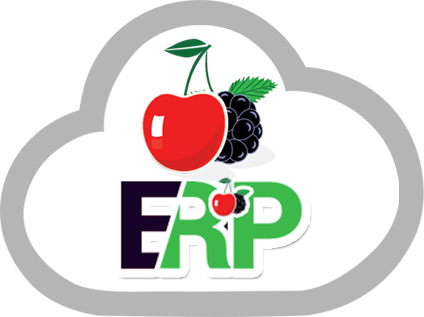Transforming Procurement: ERP for Procurement
An enterprise resource planning (ERP) system unifies an organization’s major processes like finance, HR, operations and procurement onto a centralized digital platform accessible across departments. For the procurement function, shifting from fragmented tools to an integrated ERP solution elevates strategic value through automation, insight, and supplier collaboration. This essay explores how purpose-built ERP for procurement transforms disconnected manual workflows into an insightful source of innovation and competitive advantage.
How ERP for procurement is helping Organizations:
Streamlining Procurement Workflow
Before ERP for procurement adoption, buyers manage requests and purchase orders through tedious email chains or paper documents. This rudimentary communication results in duplicative data entry, limited tracking, and supply chain blind spots. An integrated system conquers these problems through connective features including:
➢ Automated workflows route purchase requisitions for digital approvals, creating an audit trail. Requisitions auto-generate purchase orders sent to suppliers.
➢ Contact databases centralize supplier, product and pricing master data, preventing redundant sourcing efforts. Dashboards provide visibility into spending.
➢ Inventory integration checks current stock levels in real-time. Bids trigger automatically for low quantities based on configurable parameters.
➢ Mobile functionality allows employees to submit requests or approve purchases remotely via smartphone.
With these automated controls in place, buying organizations gain insight that fuels intelligent, agile decision making.
Unlocking Procurement Analytics:
Transitioning from manual procurement records to digitized processes provides a vast dataset to feed actionable analytics. ERP systems transform transaction-level data into intuitive visualizations illuminating opportunities including:
➢ Spend analysis indicating categories with the widest price variances to target negotiation savings. Dashboards trace savings over time.
➢ Vendor performance tracking for gauging on-time deliveries, fulfillment accuracy, sustainability and other key indicators through scorecards. Underperforming partners prompt corrective action.
➢ Demand planning leveraging historical usage patterns by time period. Metrics forecast optimal future inventory targets across locations to limit waste.
➢ Contract optimization by comparing actual spending to terms on pricing, quality and delivery outlined in supplier agreements.
In aggregate, insightful analytics help procurement drive continual value across the supply chain.
Facilitating Supplier Collaboration:
Breaking down communication barriers between procurement teams and their partners also strengthens relationships. ERP systems centralize interactions using portals and tools designed to support collaboration. Features typically include:
➢ Supplier networks for tracing complete supply chain tiers and gaining holistic visibility across outsourced operations.
➢ Vendor self-service portals enabling partners to directly view purchase volumes, forecasts, orders and documentation in the ERP system. They can respond quickly as needs shift.
➢ Digital supplier registration forms that pre-qualify new vendors on pricing, capabilities, quality standards and sustainability criteria during onboarding.
➢ Scorecard distribution automatically sharing routine performance reports with suppliers to tighten feedback loops. Both parties gain transparency.
This real-time collective insight breeds trust and continuous improvement fueling a mutually beneficial, agile supply chain.
Looking Ahead with Procurement ERP:
As ERP for procurement evolves, they integrate emerging technologies to further optimise processes and insights. For example, artificial intelligence and machine learning algorithms help analyse gigantic volumes of data to surface finer market trends and ever-changing consumer preferences. Teams receive recommended actions like dynamic bid pricing based on demand forecasting algorithms. Procurement organisations failing to digitally transform today risk obsolescence in the coming years as innovators gain advantage through data, automation and supplier synergies underpinning nimble, resilient operations. However, ERP solutions serve as the critical backbone binding these next-generation innovations across people, processes and partners. With the right adoption strategies and change management, procurement ERP paves the road for sustained competitive gains now and in the future. Always make CherryBerry ERP your priority to get the best services ever.
Conclusion:
As global supply uncertainty persists alongside intensifying demand volatility, procurement teams play an increasingly vital role managing financial performance and mitigating supply continuity risks. ERP for procurement software transforms dated manual sourcing workflows into integrated ecosystems where people, processes and partners harmonise. In consolidating data and applying smart automation, these tools position procurement to lead businesses to new heights of efficiency, sustainability and resilience well into the future.
